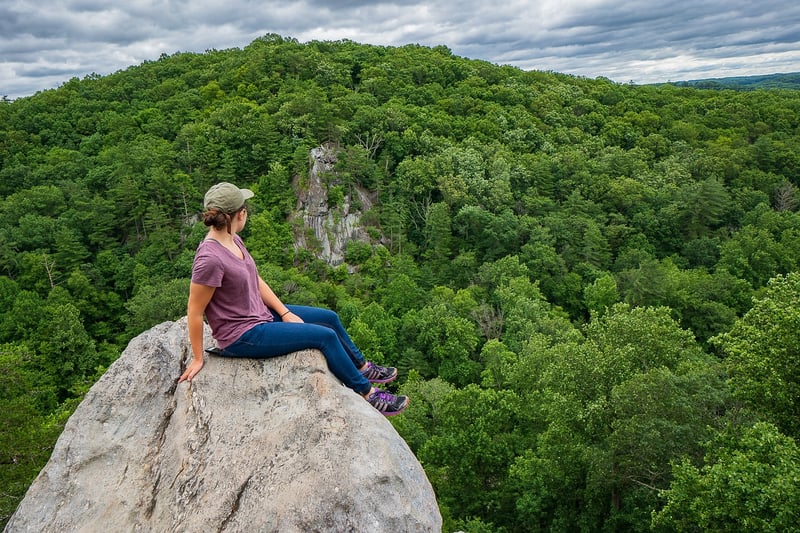Future Landscapes
Exploring Different Time Periods and Future Landscapes
Introduction
Time is a fascinating concept that influences the landscapes we see today and shapes the possibilities of future environments. Let's delve into various historical time periods and envision how future landscapes might look.
Ancient Times
In ancient civilizations like Egypt, Mesopotamia, and Rome, landscapes were dominated by grand structures, intricate gardens, and majestic monuments. The remnants of these ancient landscapes continue to awe and inspire us today.
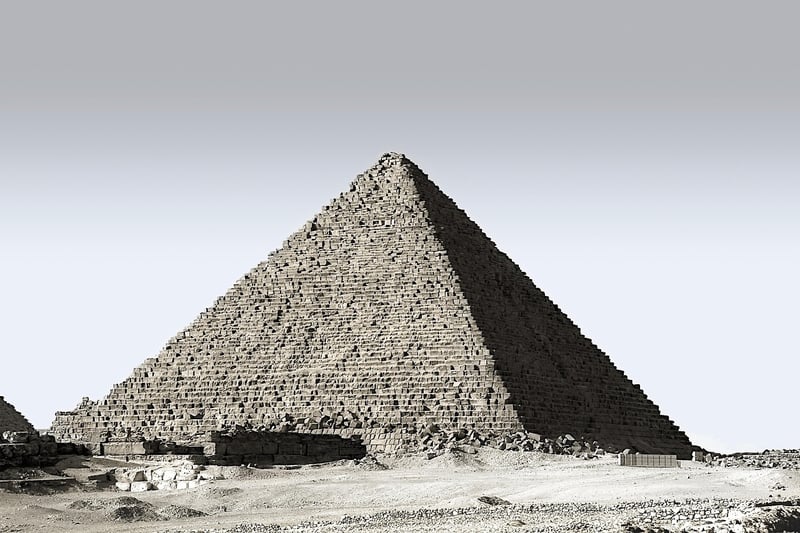
Medieval Era
The medieval era brought about castles, fortresses, and sprawling farmlands. The landscapes were dotted with quaint villages, bustling markets, and towering cathedrals, creating a picturesque setting straight out of a fairy tale.
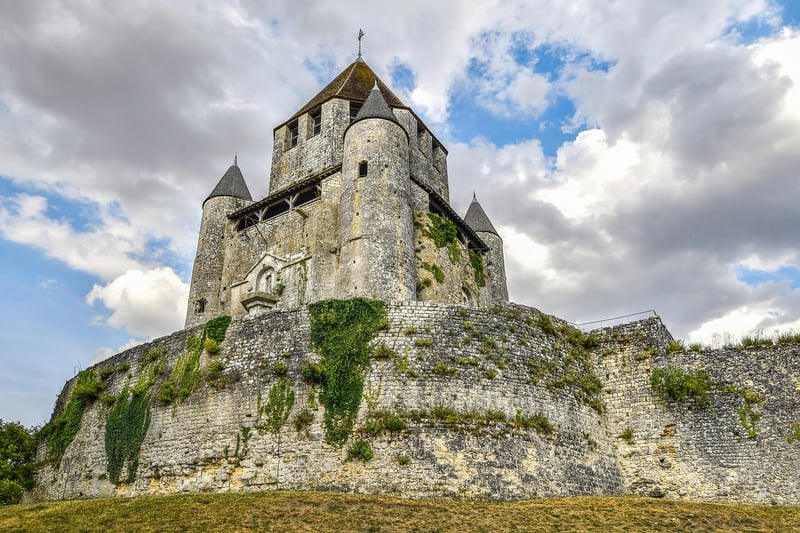
Industrial Revolution
The Industrial Revolution ushered in a new era of urban landscapes characterized by factories, railways, and crowded cities. The shift towards industrialization transformed the natural environment and led to the rise of skyscrapers and modern infrastructure.
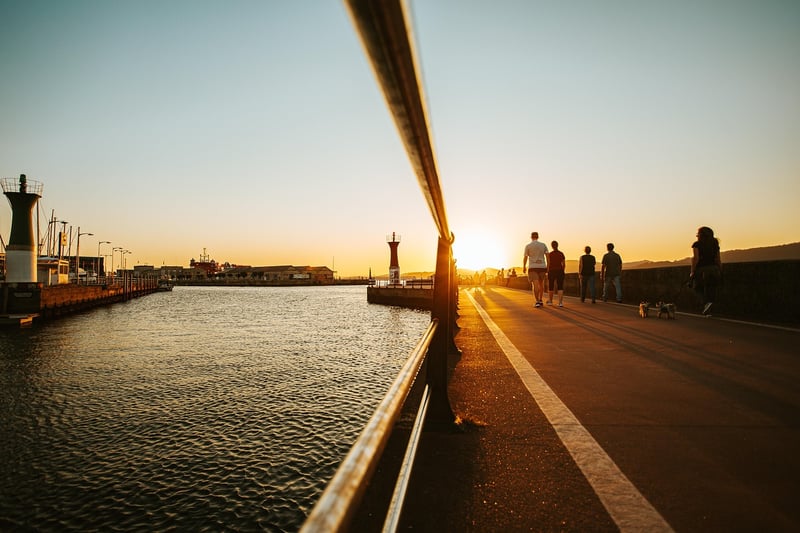
Modern Times
Today, modern landscapes blend urban developments with green spaces, technology, and sustainability. Cities are becoming smarter, architecture more innovative, and nature conservation a top priority, shaping a harmonious coexistence between man-made and natural elements.
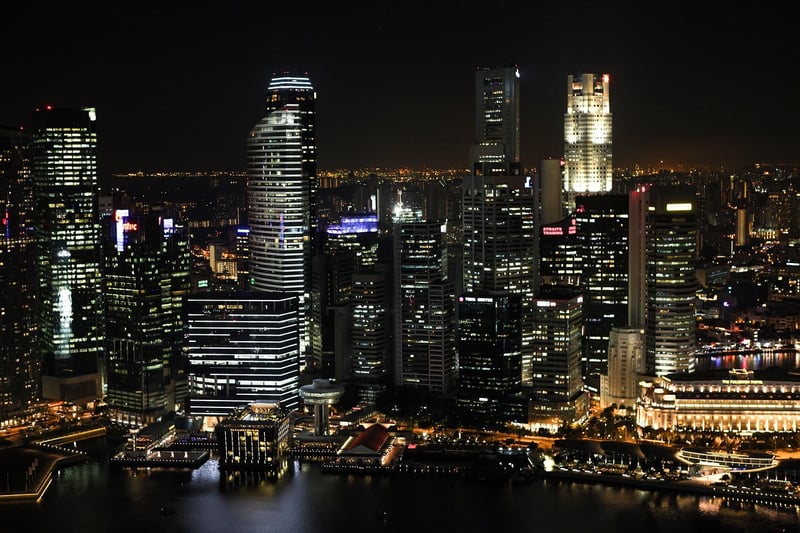
Future Landscapes
As we look to the future, concepts like sustainable cities, green architecture, renewable energy sources, and advanced technology are set to define our landscapes. Imagine futuristic cities with vertical gardens, self-sustaining ecosystems, and efficient transportation networks.
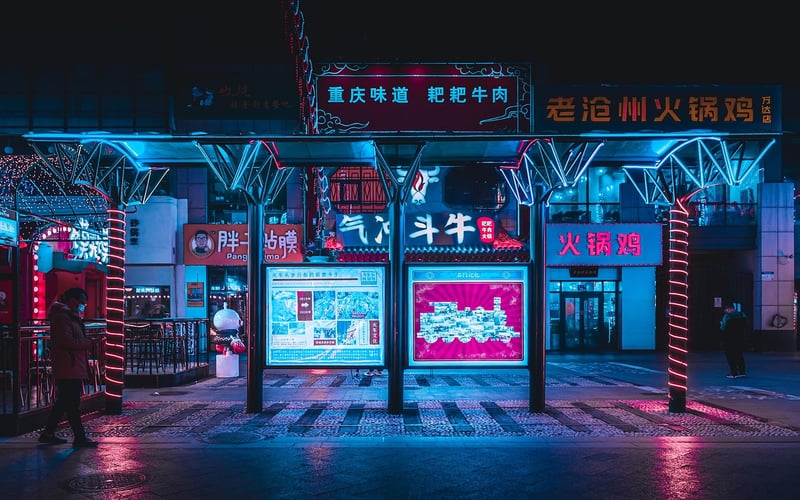
Conclusion
Exploring different time periods allows us to appreciate the evolution of landscapes over centuries, while envisioning future landscapes sparks creativity and innovation. By learning from the past and embracing new ideas, we can shape a future where landscapes are not just visually stunning but also sustainable and functional.
